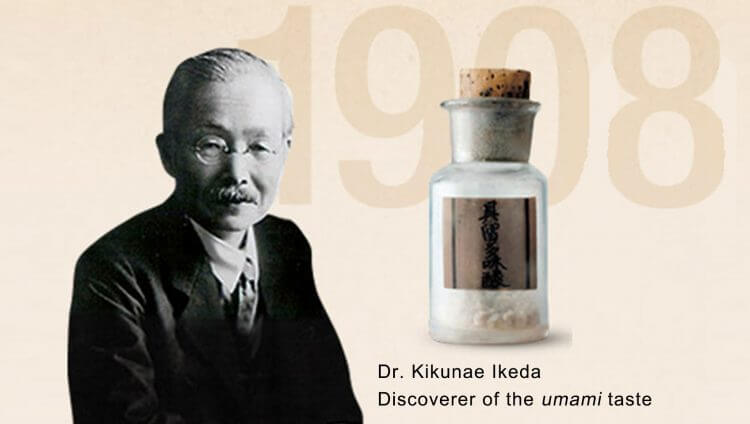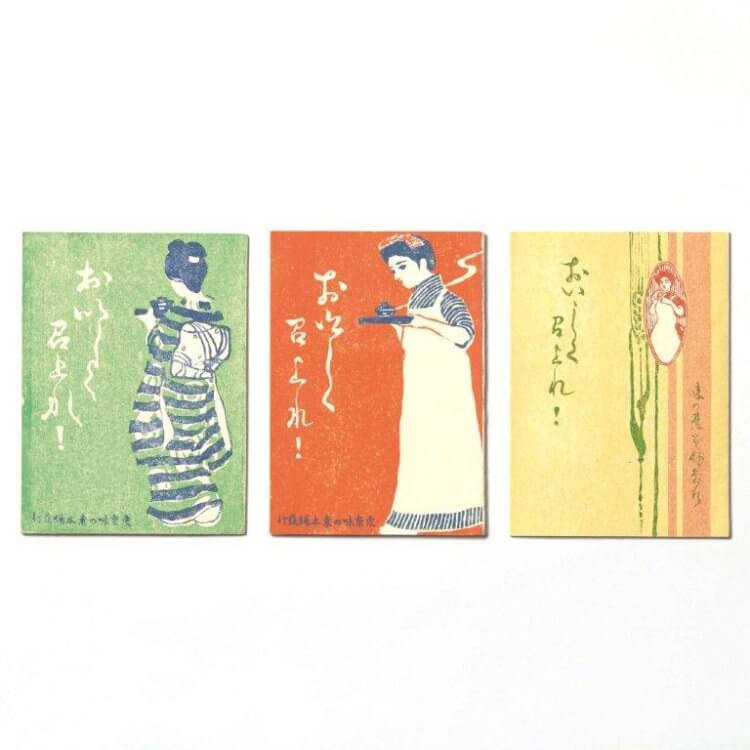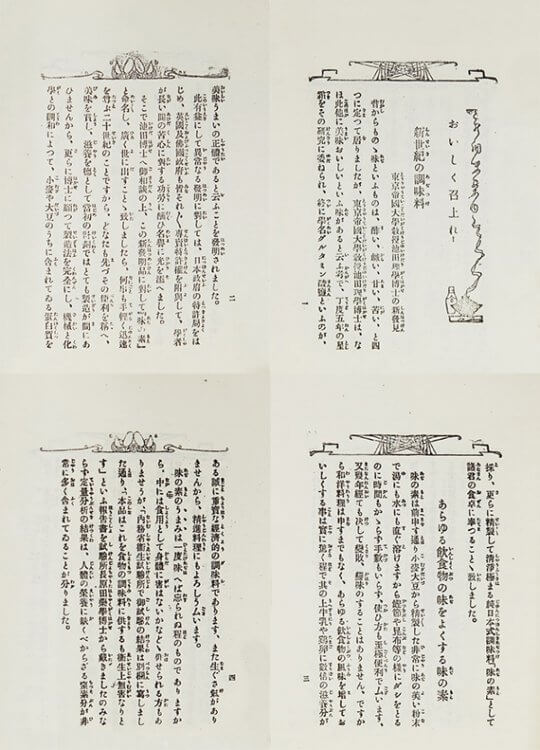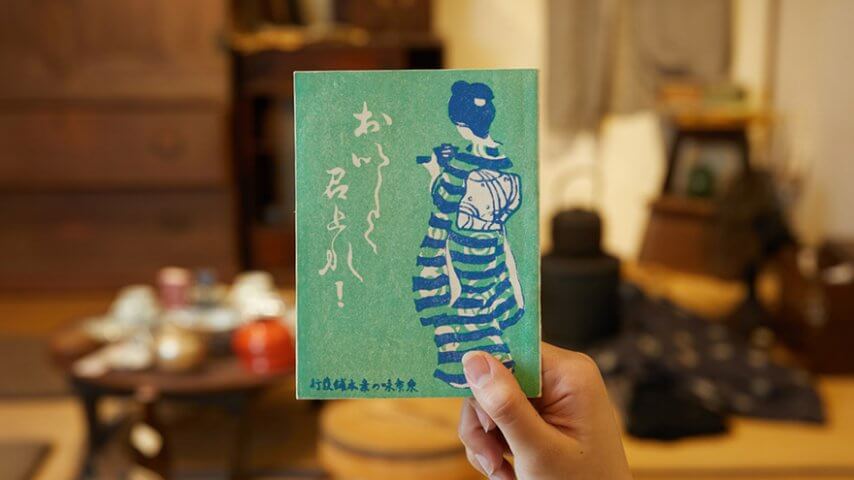What do katsu curry and a sushi burrito have in common? Both are packed with umami, of course. And both are examples of fusion cuisine, a growing global food trend that has come to define how we eat in the 21st century, from Los Angles to London to Tokyo.
Yet the origins of katsu curry are older than one might think. A juicy, European-style breaded meat cutlet served with spicy Indian curry and plain Japanese white rice, this savory dish actually dates to the late 1800s, when Japan was opening up to the West and foreigners flocking there for trade and tourism. Catering to this new, affluent market, the Japanese learned to cook Western food and soon began adapting it to their taste. This East-West fusion cuisine gradually made its way from the menus of exclusive specialty restaurants onto the dinner tables of ordinary Japanese.
For the first time, too, Japanese people were traveling abroad. One was Kikunae Ikeda, a brilliant young chemist who, in 1899, spent a year pursuing research in Germany. Dr. Ikeda was motivated by his experiences to raise the Japanese diet to Western standards, and upon returning to Japan he identified umami, the fifth taste, by analyzing the flavor components of kombu seaweed. On July 25, 1908, he was granted a patent for AJI-NO-MOTO® seasoning, or monosodium glutamate, derived from wheat. The new seasoning quickly gained acceptance worldwide.

At this time, industrialization was bringing great changes to Japan. With husbands increasingly employed outside the home in offices and factories, wives assumed greater responsibility for cooking nutritious and economical meals, often assisted by modern kitchen appliances and utensils. Cooking schools and magazines sprang up to disseminate methods and recipes. AJI-NO-MOTO® opened up a world of delicious, time-saving possibilities. In 1910, the company published what could be called an “instruction manual” entitled Oishiku Meshiagare!—“Eat Deliciously!” In 18 pages, it touted the new seasoning’s safety and health benefits, and detailed its ability to make foods tastier, leading to improved nutrition.


Today, we understand much more about umami. The importance of glutamate—not only to our sense of taste but also for nutritional and physiological well-being—is being demonstrated more and more through our recent research. We know that various foods eaten worldwide contain not only glutamate but also inosinate and guanylate, three substances that trigger umami receptors on the tongue. And our world is once again in transition. Mobile devices are changing how and what we eat, from home-cooking to take-away. We have more varied ingredients and cuisines to choose from, easy access to information, and a better understanding of nutrition. Social media enables us to us share recipes online with people on the other side of the world. And, as diets becomes more sustainable and plant-based, AJI-NO-MOTO® is helping us to eat more deliciously than ever.
That is why, in tribute to our past, the Ajinomoto Group has launched the Oishiku Meshiagare Project to help people enjoy and share easy, affordable, balanced, and healthy meals every day.

